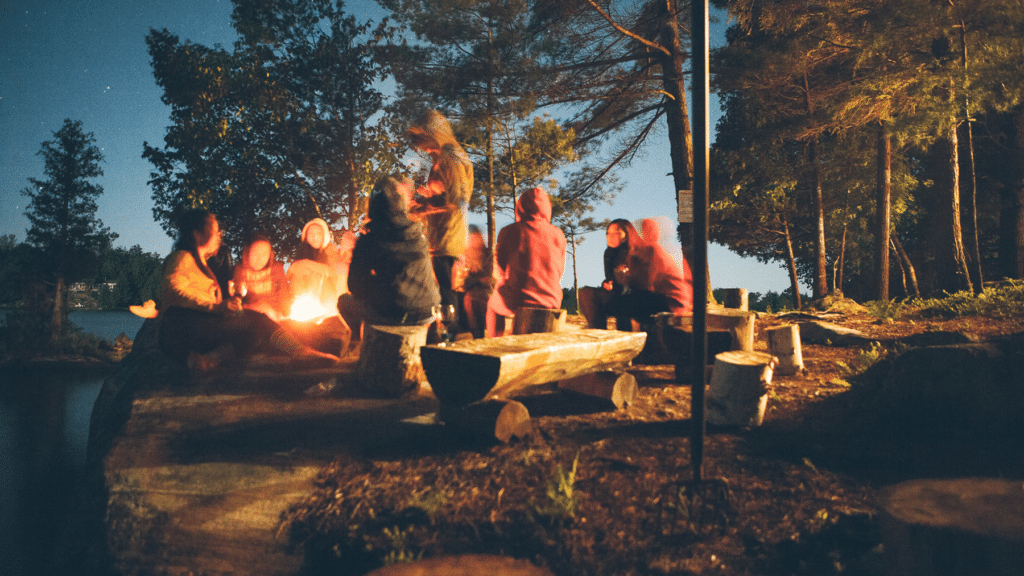Backpacker’s Pantry is one of the world’s foremost producers of freeze-dried food, and the brand’s domain earns a lot of traffic each month from relevant outdoor and active lifestyle consumers looking for information ranging from finding the perfect e-bike to campfire safety tips. In particular, one blog post has recently earned incredible traffic growth during COVID-19: “10 Foods to Keep in Your Emergency Kit.” In fact, traffic to the post spiked significantly in March, when more people were interested in survival or emergency prepping, perhaps for the first time, because of the onset of the Coronavirus pandemic.
Proactive Content Planning Increases Organic Exposure — and Sales
Even though the blog wasn’t created specifically for COVID-preppers, it was in prime position to meet people’s search queries when searches started pouring in at the start of the pandemic from folks wanting to learn more about how to prepare for an emergency. Because of proactive content planning, Backpacker’s Pantry was there to meet its targeted audiences with new questions they had and solidified its position as a leader in emergency preparedness.
Define Your Target Audience
The first step in proactive content planning starts with not only defining your target audience but also taking a deep dive into articulating your brand’s unique value proposition. Take Backpacker’s Pantry, for example, who creates delicious freeze-dried meals for outdoor adventurists, campers, hikers, hunters, extreme adventurers, and emergency preparedness. When planning content for their domain, they began by answering questions around who their audience is, what their needs are, what kind of content do they want to consume, what unique expertise the Backpacker’s brand offers, and how the brand could match that expertise to their audience’s needs.
Craft Content That Solves Problems
One of the brand’s goals for its content program has always been to establish Backpacker’s Pantry as a trusted expert on all things related to outdoor adventure. The brand does this by sharing activity-specific blog content on trip planning, food and nutrition, expert tips, and more, in a casual voice that is conversational and enthusiastic. In short, content that answers questions and is easy to digest for an on-the-go audience.
The blog ‘“10 Foods to Keep in Your Emergency Kit” rests squarely in the intersection between its expertise and what its audience wants to know. The content establishes trust in the brand, and, as we’ve seen since the onset of the Coronavirus pandemic, continues to convert.
Analyze, Optimize, Create
A key to any proactive content planning strategy is to frequently pull reports on your content and analyze where people land and where they convert. Take your most popular, your most successful content, and multiply it. Pivot it for another vertical. Double down on creating content that teaches, and solves problems. For Backpacker’s Pantry, for example, the following blogs seek to help a subset of their target audience learn more about how to enjoy the outdoors without having to compromise on their dietary needs: Your Gluten-Free Camping Meal Plan, and The Ultimate Guide to Vegan Freeze Dried Meals.
Also, keep your content current. By pulling regular (even simple) Google Analytics reports on how your content is performing, you’ll be able to keep up with audience demand and make sure you keep creating content that meets your audience where they are, and updating popular content to take current events into consideration, or changes in your product offerings.
Your Audience is Waiting — Are You Ready?
Your audience and your potential customers are out there. They have questions that need to be answered. They need your specific products. They’re looking for you. By creating content that is directly aimed at answering those questions for them, not only do you continue to establish yourself as an expert in your industry, but you’ll cultivate an audience that keeps coming back to you to help them.
